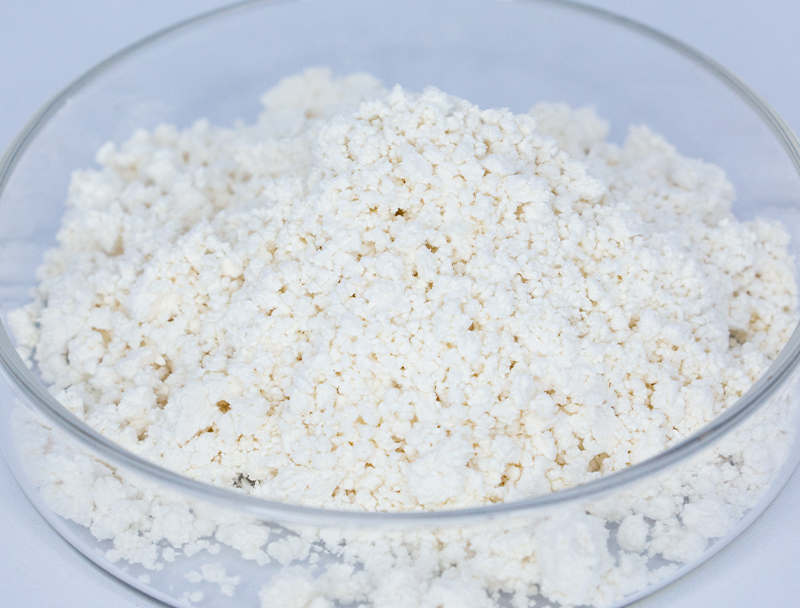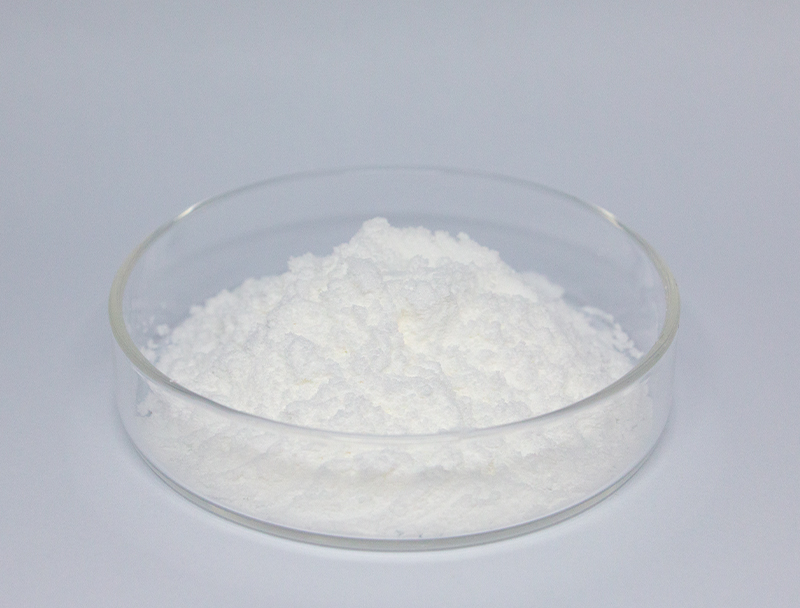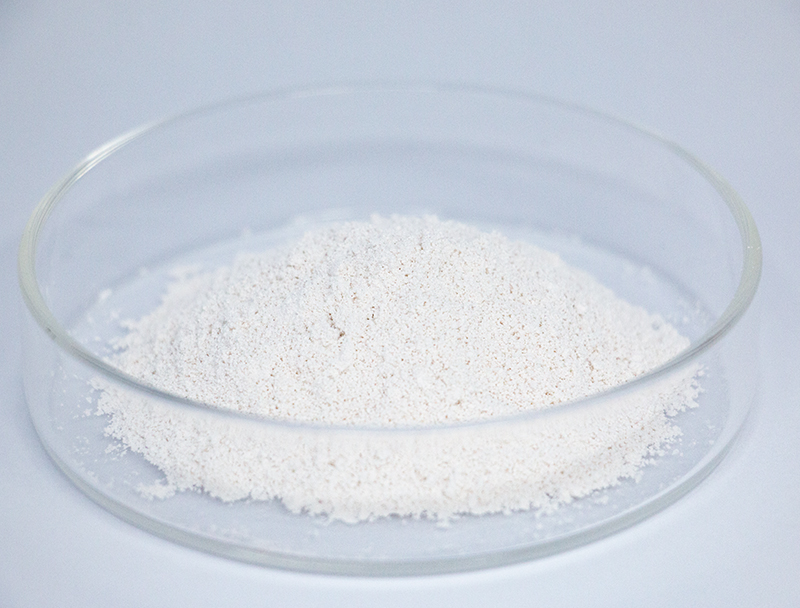
Bioprocessing depends strongly on an extensive collection of primary inputs to yield progressive bio-based commodities.
Ensuring sustainably sourced materials is paramount for the long-term viability and ethical growth of the industry.
diverse obstacles inherent in legacy sourcing approaches for instance pollution and systematic depletion of reserves. Accordingly, manufacturers should embrace green sourcing tactics to shrink their ecological impacts.
- Illustrations of eco-conscious sourcing involve:
- Employing waste-stream inputs from industry leftovers
- Establishing regenerative loops to cut waste and elevate material utilization
- Partnering with local suppliers committed to ethical sourcing practices
The transition to greener sourcing offers both planet-friendly outcomes and business advantages.
Refining Biomass Sources to Enhance Fuel Conversion
Optimizing biofuel yields depends strongly on feedstock quality and makeup. Analysts tirelessly probe advances to elevate feedstock conversion, resulting in superior production volumes and sustainable energy gains. Tactics include molecular breeding to increase biomass and chemical or physical pretreatments to release sugars.
- Likewise, initiatives explore candidates such as algal biomass, process wastes, and agricultural leftovers to extend sustainable feedstock availability for fuels.
- With persistent development the field will likely demonstrate notable gains that foster a more sustainable energy system.

Enhanced Upstream Strategies for Biopharmaceutical Yield
covers the early phases of biopharma production including culturing and biological harvesting Recent progress has advanced techniques that maximize productivity and increase output.
Significant developments incorporate advanced biological platforms, tailored medium blends, and precision reactor engineering. These changes expand productivity and help reduce both financial and environmental overhead.
- In addition, momentum toward nonstop processing offers improved flexibility and optimized operational flow.
- Implementing cutting-edge manufacturing technologies will probably redefine workflows and accelerate innovation.

Next-Gen Gene Editing for Enhanced Protein Expression
advances in genomic editing tools including CRISPR have transformed therapeutic manufacturing. Using precise gene interventions, engineers raise the output of key therapeutic proteins. This capability can unlock development of cost-efficient, high-performance biologics for many conditions.
Using Microbial Systems for Site-Specific Remediation
cutting-edge microbial approaches that remediate contamination sustainably. Selected microbial cultures can remediate contaminants through biodegradation pathways.. Employing microbial processes facilitates remediation approaches that preserve ecosystem integrity while reducing pollution.. Researchers screen diverse microbial taxa for metabolic pathways suited to remove heavy metals, pesticide residues, and hydrocarbon contamination.. These microorganisms can be employed in bioreactors or directly at contaminated sites, promoting the breakdown of pollutants through biodegradation processes..
Microbial remediation approaches present key benefits relative to classic remediation methods. Such strategies are budget-friendly and lessen the creation of harmful byproducts. Moreover, microbes can be tailored to address specific pollutants with minimal impact on non-target organisms. The field is rapidly refining methods to make microbial remediation more efficient and broadly effective.
Digital Methods Accelerating Pharmaceutical Discovery
Computational biology approaches are becoming vital across contemporary drug R&D. From target discovery through candidate optimization, bioinformatics facilitates streamlined, hypothesis-guided workflows.
- Using extensive genomic, proteomic, and patient data, analysts discover targets and anticipate therapeutic performance.
- Additionally, simulation tools enable prediction of binding and activity, guiding creation of more potent drugs.
- Finally, bioinformatics is revolutionizing the drug discovery and development process, accelerating the time to bring safe and effective treatments to patients in need.
Metabolic Design Approaches to Boost Bioproduct Yields
applies assorted techniques to boost microbial synthesis of valuable compounds. Programs use genetic redesign of metabolic networks, dynamic regulation of expression, and addition of heterologous genes to unlock new capabilities. Via targeted metabolic optimization researchers can meaningfully escalate production of desired biochemicals.
This broad strategy is positioned to innovate sectors including pharmaceuticals, crop science, and bioenergy.

Scaling Biopharma: Difficulties and Strategic Opportunities
Transitioning to higher volumes entails serious complications and potential rewards. Keeping consistent product performance at elevated volumes is a significant challenge. Addressing it demands strong process governance, accurate real-time analytics, and advanced measurement systems.

Additional complexity arises because biopharma production entails many coordinated stages.. Reengineering workflows for mass production involves rigorous R&D and inventive technology deployment.. Despite challenges, the benefits may be considerable. Effective scale-up may expand patient access to therapies, cut unit costs, and improve margins.
A range of strategies is being implemented to address scaling problems. Plans feature next-gen optimization hardware, sophisticated real-time analytics, and forward-looking production strategies.
- Ongoing innovation drives improvements in industrial production capability.
- Authorities are revising processes to enable faster clearance of manufacturing innovations and encourage progress.
Understanding Regulatory Oversight to Ensure Biopharmaceutical Quality
Advancing biopharmaceuticals involves heavy regulatory scrutiny to secure product safety and proven efficacy. Therapies derived from biological organisms carry special considerations not typical of conventional pharmaceuticals.
Organizations like the FDA and EMA provide essential guidance and set standards for authorizing novel biotherapeutics..
Stringent experimental and surveillance testing occurs across the entire development-to-market continuum. The measures work to spot potential hazards and validate that therapies reach demanding safety levels..
Furthermore, regulatory bodies are constantly evolving their approaches to keep pace with the rapid advancements in biopharmaceutical research.. Actions include accepting new 5-Aminolevulinic acid technologies and streamlining development channels while safeguarding patient health.

Plant-Derived Feedstocks as a Route to Sustainable Bioplastics
Growing emphasis on eco-conscious materials catalyzes research into plant-based options. Bioplastics derived from plant biomass provide a viable route to more sustainable plastic alternatives. Materials such as starch from corn, cellulose pulp, and sugarcane biomass are convertible into biodegradable polymers that lower plastic waste concerns.
Also, many renewable bioplastics exhibit comparable mechanical and functional traits to conventional plastics across applications.. Sustained research efforts are necessary to optimize plant feedstocks for mass bioplastic production and enable circularity.
Biotech Innovations Addressing Health and Food Challenges
Biotechnology equips researchers with methods to tackle health crises and bolster food availability. By harnessing genetic engineering, synthetic biology constructs, and advanced cell therapies, technologists deliver capabilities to reduce disease burden, raise crop outputs, and increase food value. To illustrate, modified plants designed for pest resilience and environmental tolerance can raise outputs and reduce pesticide application.. Similarly, biotech contributes advanced vaccines, antimicrobial strategies, and diagnostic techniques crucial for infectious disease management and health advancement.. Continued scientific progress suggests biotechnology will increasingly underpin healthier, more sustainable societies worldwide.
